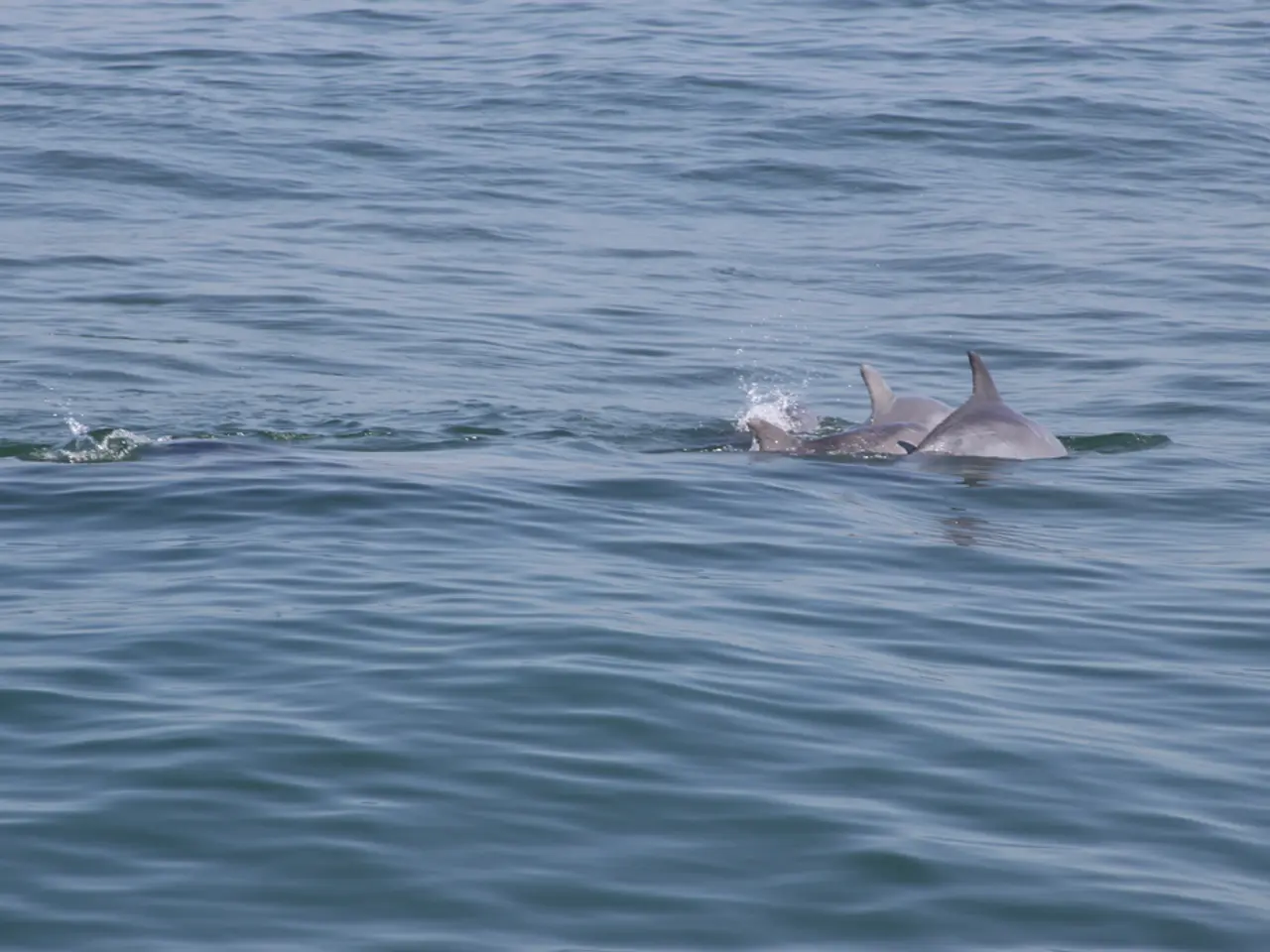Spain Finds Two-Headed Atlantic Sawtail Catshark, Sparking Marine Biology Concern
Scientists in Spain have made an astonishing discovery: an Atlantic sawtail catshark with two heads. This is the first known instance of such a malformation in an oviparous shark species. The find adds to a growing list of two-headed sharks found worldwide, sparking interest and concern among marine biologists.
The unusual shark was identified in a laboratory in Spain. It joins a list of two-headed sharks that includes a smalleye smooth-hound shark and a blue shark found in the Caribbean Sea. In 2008, a two-headed blue shark embryo was discovered in the Indian Ocean. More recently, a bull shark carrying a two-headed fetus was caught off Florida.
Scientists believe these malformations are likely due to genetic disorders. However, in wild sharks, various factors could be at play. Overfishing, which can shrink the gene pool, may also contribute to the prevalence of two-headed sharks. Conjoined twins have been found in blue sharks caught in the Gulf of California and northwestern Mexico, further highlighting the phenomenon's global occurrence.
The discovery of the two-headed Atlantic sawtail catshark in Spain underscores the need for further research into shark malformations. While genetic disorders appear to be the primary cause, other environmental factors may also play a role. As overfishing continues to impact shark populations, understanding these malformations becomes increasingly important.
Read also:
- Rise in Flu Cases: Timing and Reasons Explored by Medical Experts for Flu Vaccination
- Nursing Infants: Advantages, Factors to Ponder, Guidelines, Essential Gear
- Anticipated Increase in Uninsured Residents to Pose Challenge for Local Healthcare Infrastructure
- Accusations of poor care and supposedly poor hygienic standards at LaSalle Hospital






